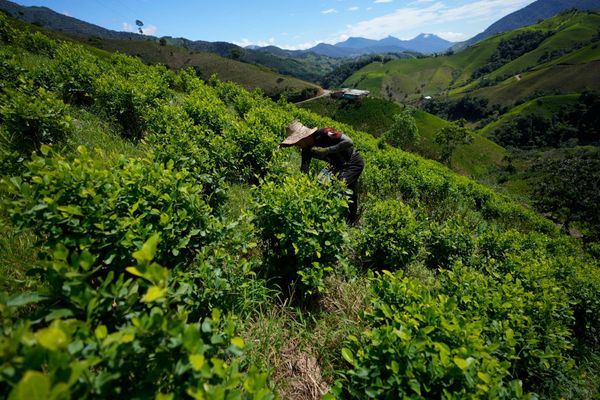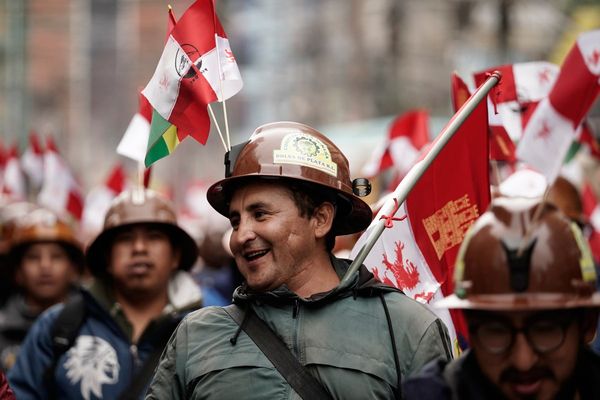
Amritsar’s Jallianwala Bagh was a desolate piece of land partly used for dumping garbage until British General Reginald Dyer oversaw the massacre of several hundred unarmed people gathered there on April 13, 1919, to protest against a draconian law that allowed internments without trial. The massacre etched Jallianwala Bagh in India’s collective memory and fuelled India’s struggle for complete independence from Britain.
Davinder Pal Singh, a Sikh scholar whose family has been running a shop for decades near Jallianwala Bagh, said the ground was cleaned for the protest against the Rowlatt Act before the massacre. He added the residents would dump garbage at a “sort of abandoned open ground”.
Darbari Lal, a former deputy speaker of Punjab assembly, said Sardar Himmat Singh Jallianwale owned the land. He said Jallianwale was a noble in the court of Maharaja Ranjit Singh (1780-1839), who was from village Jalla in Punjab’s Fatehgarh Sahib.
“In 1919, Jallianwala Bagh was no garden, but a desolate piece of land… of irregular shape... [It was] about 250 yards long and 200 yards wide. Originally, however, it had been laid out as a garden in the middle of the 19th century…,” said Balwinder Singh, a former head of Guru Nanak Dev University’s Guru Ramdas School of Planning in Amritsar. He said it was uneven and a small strip of land near the entrance of Jallianwala Bagh was on a higher level. “…the rest of the land was lower by four to five feet.”
A narrow passage, which General Dyer used to make his way to the ground along with his soldiers, has been left intact with bullet marks on the walls of few structures and a well in the Jallianwala Bagh. Many had jumped into the well in a desperate attempt to save themselves as the soldiers showered bullets at them.
The British wanted to erase signs of the massacre, according to Lal. But national movement leader Madan Mohan Malaviya purchased the Jallianwala Bagh by raising around Rs 5.60 lakh through donations in August 1923. He led a committee that was formed to build a memorial to those killed in the massacre. The memorial could not be built as long as Britain ruled India until August 1947.
The country’s first president, Rajendra Prasad, inaugurated the memorial, which was built at a cost of over nine lakh, on April 13, 1961, in presence of then Prime Minister Jawaharlal Nehru, according to Sukumar Mukherjee, the secretary of Jallianwala Bagh National Memorial Trust. The trust manages the memorial.
The memorial’s central pylon is 30-feet-high with a four-sided tapering stature of red stone. It stands in the middle of a shallow tank built with 300 slabs with a carved Ashoka Chakra, the national emblem.
A stone lantern stands at each corner of the tank. On all four sides of the pylon the words, “in memory of martyrs, 13 April 1919”, has been inscribed in Hindi, Punjabi, Urdu and English. A semi-circular verandah near Jallianwala Bagh’s main entrance marks the spot, where General Dyer’s soldiers took positions to fire at the gathering.
Rows of poplars and eucalyptus have been planted along the periphery to provide a green wall for isolating the view of the nearby houses.
Mukherjee said a martyrs gallery was established in 1972 under the guidance of Mohinder Singh Randhawa, a writer and former civil servant. A painting of the massacre as well as portraits of the political leaders of the time, too, is on display. In 2000, then Union minister Ram Nayak lighted the Amar Jyoti [Eternal flame] to commemorate those who died.
“Actually, we had the documents [ historical records, rare photographs and newspaper clippings] displayed openly in the room. The visitors used to touch them and spoil them by writing something. We felt this practice was damaging the original and rare documents. Then we displayed scanned formats of the documents in the museum,” said Mukherjee. A light and sound show was introduced in the garden by then defence minister AK Antony in 2010. At the time, Bollywood actor Amitabh Bachchan recorded the voice-over for the 52-minute show, which attracted hordes of visitors in its initial run. But snags developed soon and it has not been functional since 2014.
The area has also undergone several changes. The entry has been given a new look with small bricks through the narrow passage is preserved. Mukherjee said the total area of the Jallianwala Bagh was around six-and-half acres and now it has gone up to seven acres.
Union home minister Rajnath Singh inaugurated a statue of Shaheed Udham Singh at the entrance of Jallianwala Bagh last year. Udham Singh was hanged in July 1940 for killing Michael O’Dwyer, who was Punjab’s lieutenant governor at the time of the massacre.
Rajya Sabha member Shwait Malik said Jallianwala Bagh needs a facelift and added that he has given Rs 10 lakh from his development fund for improving basic amenities there. He added the tendering process for the Centre’s plans of redeveloping it has started.
Malik said the Centre plans to renovate the historical site by creating better infrastructure for tourists. He added it would involve renovation, up gradation and beautification of the Jallianwala Bagh Memorial.
Malik said a four-dimensional theatre with the sitting capacity of 70-80 people is also being set up for screening documentaries. He added the martyr gallery and the museum will be modernised with air conditioning. Malik said touch control panels would be installed along with LED screens and modern lighting. He added landscaping, too, would be carried out with the installation of and fountains.
First Published: Apr 13, 2019 07:53 IST







